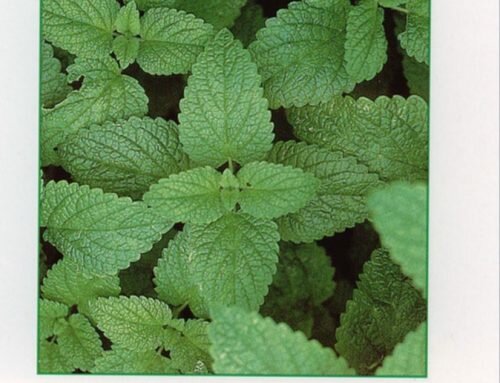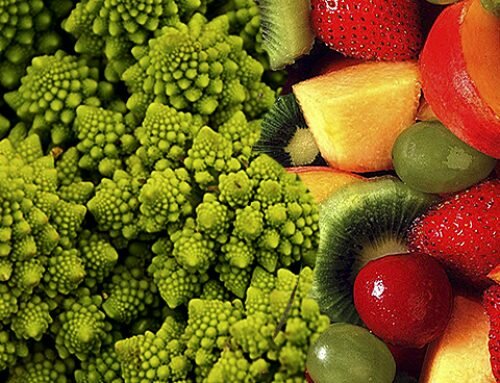The Common Dandelion (Taraxacum officinale) is a plant belonging to the Asteraceae family.
The species name indicates the virtues medications, known since antiquity and exploited with the use of its roots and leaves. The term “Taraxacum” probably derives from the greek “taraxis” heal, referring to the medicinal qualities of the plant known since antiquity. Another theory traces the name to the Persian “tarak” meaning “to do” and “Sahha” “urinate”, to underline the diuretic properties of this plant. It is commonly known as dandelion, dog tooth, head, wild chicory. It is a herbaceous perennial plant, height from 3 to 9 cm. It presents a large tap root from which it grows, at ground level, a basal rosette of leaves provided with short stems. The leaves have toothed margins, the golden-yellow inflorescence, is called head. From each flower develops an achene, fruit provided with a tuft of white hairs, which, acting like a parachute, facilitates the wind seed dispersal. The dandelion grows wild in lowland areas up to an altitude of 2000 m, and is often a weed. It is a typical plant of the temperate climate in Italy is easily found along the trails and in fallow fields.
In the Christian world the dandelion was seen as a symbol of the message of the Faith: its seeds that spread to the wind in fact symbolized the Christian preaching in the world. In many paintings of the Virgin Mary is present this plant, to express the transience of human life even in the secular tradition the head of the dandelion is the passage of time, in particular they used to blow son the mature achene, and the seeds that clung It represented the years that were missing to the realization of some desire or project. Has always been used in folk medicine as a purifying, Dandelion was collected along with other herbs, and was part of the composition of the “salad”, salad from collection, to be eaten raw or boiled. In mythology it is said that Theseus on the advice of Hecate ate for 30 days in a row only dandelions, and to become strong enough to defeat the Minotaur: the dandelion plant is in fact far more nutritious than other “vegetables” more used as food, such as broccoli and spinach. A first evidence of the use of dandelion as a medicinal herb dates back to the Renaissance, when based lotions Dandelion were used by women to lighten the skin and attenuate freckles. In the language of flowers and plants dandelion symbolizes trust, strength and hope.
The root, which is used especially in herbal medicine for its positive action on the liver, is particularly rich in sesquiterpen lactones, such as taraxacoside, the eudesmanolides and germacranolides; are then acid taraxinic and taraxacolide, triterpenes and sterols as the stigma sterol and sitosterol, inulin, which accounts for about 25-35% of the dry weight of the root, sugars, phenolic acids, such as caffeic acid and chlorine gene, vitamins, minerals, especially potassium and calcium, pectin and choline. The leaves are used in herbal medicine in order diuretic and contain especially bitter substances, lutein and other carotenoids and high in potassium.
The roots of dandelion are cholagogic, that stimulate the production of bile, and choleretic, that they favour the secretion; the increase in bile production that can be obtained with the administration of extracts of dandelion also explains the mildly laxative effect of the drug; bile fact promotes intestinal peristalsis, and then the emptying of the intestine itself. Besides the wealth in inulin root it helps to keep active the intestinal flora, since it acts as a great prebiotic. The sesquiterpene lactone, responsible for the bitter taste, are the active ingredients which is imputed greater the effect of increasing the secretion of bile; in animal models it seems in fact that they are able to promote an increase in bile secretion greater than 40%, in addition to considerably increase the production of gastric juice. They are also given the hepatoprotective effect explicate extract of Dandelion: for example, in a study of mice in which a state has been induced hepatotoxicity with acute carbon tetrachloride, it was possible to verify the beneficial effect hepatoprotective, associated effect antioxidant, obtained following administration of extract of Taraxacum of the fraction enriched in sesquiterpene lactones. The dandelion can also have positive effects antioxidants and lipid lowering, partly explained by the simple effect of increased secretion of bile from the extract product, particularly useful in the case of metabolic syndrome. Dandelion to have finally recognized diuretic and cleansing; it is widely used as a detoxifying seasonal tradition popular medical.
Main clinical indications
- Hepato-Gallbladder disease, biliary dyskinesia
- Liver failure, constipation
- Hypercholesterolemia, hypertriglyceridemia, metabolic syndrome
- Prevention of gallstone formation
- Seasonal cleansing





